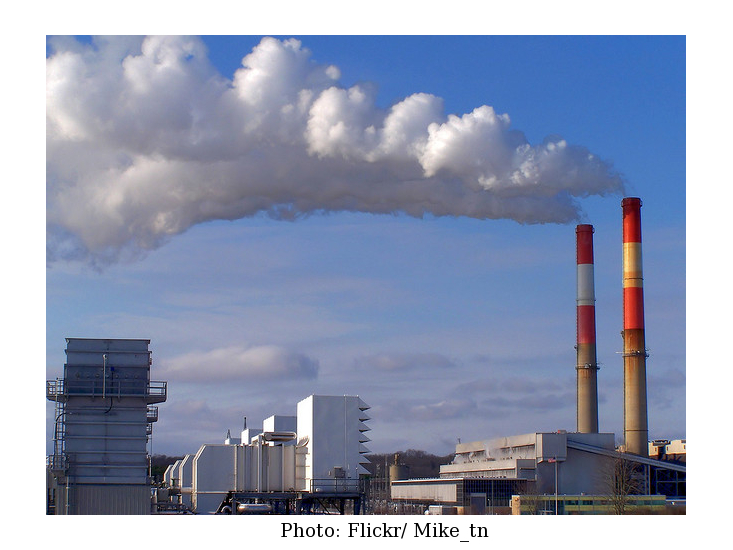The image of a world with more extreme weather events, rising seas, and longer droughts is becoming clearer by the day. Even more troubling is that we are on course to even more extreme changes to our planet in the years ahead. That's the key takeaway from a major new report by the World Bank, which examines the impact of a 4-degree Celsius warmer world. At the same time, WRI's new analysis finds that there are nearly 1,200 proposed coal plants worldwide. If these coal plants come online, our chances of staying within 2 degrees of warming would be nil.
The World Bank is not prone to hyperbole. Its warning that we could be heading to 4 degrees of rising global temperatures should be taken extremely seriously by leaders around the world. The World Bank's assessment reaffirms what many of us already understand: Scientific evidence of human-caused global warming is unequivocal. Given that it took little more than 4 degrees of cooling to create the last Ice Age, it would be hard to overstate how 4 degrees of warming could reshape our world by the end of this century.
 The impacts of climate change are profoundly unfair. Poor people and poor countries would suffer the most. In a warming world, vulnerable communities would face even more food disruption and water scarcity, along with more diseases and pests.
The impacts of climate change are profoundly unfair. Poor people and poor countries would suffer the most. In a warming world, vulnerable communities would face even more food disruption and water scarcity, along with more diseases and pests.
And yet, the global economy remains wedded to the fossil fuel economy that is driving climate change. Currently, governments spend roughly six times more on subsidies for fossil fuels than renewable energy--and that's despite many fossil fuel companies being among the largest and most profitable in the world.
Burning coal is the largest single source of global carbon emissions. Yet WRI's new analysis reveals that there's a pipeline of 1,199 proposed coal-fired plants worldwide. Our Global Coal Risk Assessment found that if all these planned plants were built they would have a total installed capacity of more than 1.4 million megawatts -- almost four times the current capacity of all coal-fired plants in the United States. The vast majority of proposed plants are in the developing world -- with China and India accounting for 76 percent of the capacity.
Industrialized countries are responsible for the vast majority of historical emissions and must take the lead in reducing their contribution to global warming. The energy choices that countries make will largely determine whether we lock in to a dangerous high-carbon trajectory, or we move to a safer path.
Shifting away from coal is neither an easy task nor an overnight prospect. The International Energy Agency's World Energy Outlook 2012 found that global coal demand could rise 21 percent by 2035, depending on the policies that countries pursue.
Cleaner energy has become increasingly competitive and accessible in recent years. Although most people view wind power as more expensive than new coal plants, the reality is quite different. Bloomberg New Energy Finance expects that on shore wind will be fully competitive with fossil fuels by 2016. Similarly, the price of solar PV modules has dropped 75 percent in the past three years. There are also signs that both China and India are shifting to a more balanced approach. China already has a target to cap coal consumption at 3.9 billion tons by 2015 and has introduced ambitious energy efficiency and renewables policies. India aims to generate 15 percent of its energy from renewables by 2020.
The United States, too, has to do more cut its dependence on high-carbon fuels. As the IEA pointed out, the U.S. could become the world's leading oil producer by 2017. And while coal's share of the U.S. energy mix is falling, the country is on course to break its record for coal exports this year, contributing to higher emissions levels around the world.
As negotiators head to Doha for the climate talks next week, they must bring a much greater sense of urgency and purpose to their task. It's time to hit the reset button on the negotiations and raise the level of the game. A 4-degree world is avoidable, but only if we start now to take the necessary actions.
Climate change is one of the greatest challenges of our generation. We need to bring the full force of governments, businesses, multi-lateral institutions, and civil society to confront these global challenges. The consequences of further inaction are plain to see.
This story first appeared on WRI Insights.
